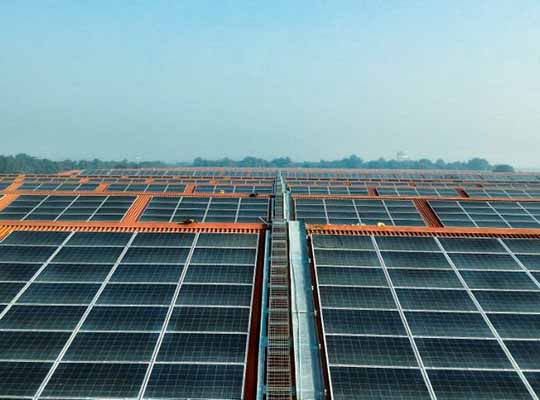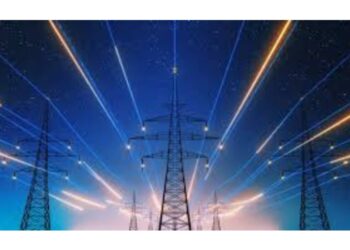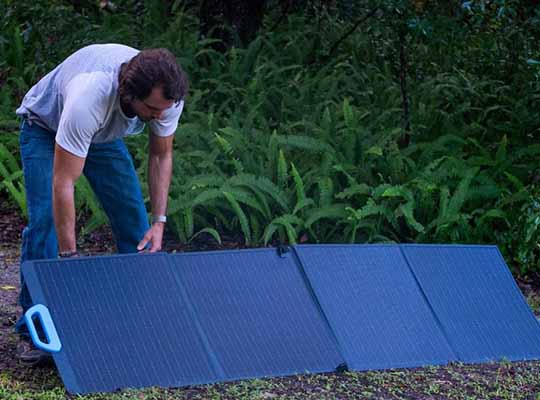The renewable energy sector especially in the energy infrastructure in India has taken a centre stage to achieve India’s economic goals. To transform the present expensive, unreliable, and polluting fossil-fuels-based solar market into a low-cost, dependable, and low-emission system based on renewable energy, the government established a target of 175 gigawatts (GW) of renewable energy by fiscal year (FY) 2021/22. According to the Central Electricity Authority’s analysis on the “optimal generation capacity mix for 2030,” the aim was raised to 450GW by 2030 in 2019.
More than 90 percent of the 30 GW of renewable energy capacity added since the start of FY 2017/18, as well as another 50 GW awarded to date, has been contracted at rates ranging from Rs. 2.43-2.80 per kilowatt-hour (kWh) (US$35-40 per megawatt-hour (MWh) for 25 years with no indexation In India’s first year pricing, this is 60-70 percent less than the expected new non-mine mouth coal-fired power plants.
In December 2014, the Ministry of New and Renewable Energy (MNRE) announced a plan to establish Solar Parks and Ultra-Mega Solar Power Projects. It recommended at the time that at least 25 solar parks and Ultra Mega solar power plants be established across the country. Since then, India has built a few ultra-mega solar parks with installed capacities over one gigawatt (GW) like the ones built in Bhadla, Rajasthan and Pavagada, Karnataka. These are some of the largest solar parks commissioned in the world. Of late there has been a renewed interest in the Ultra Large Renewable Energy projects. Ranging from a 2 GW in Uttar Pradesh to a 25 GW announced in Gujarat & Rajasthan, there is a list of such huge parks being planned by various states and nodal agencies.
Also recently, the MNRE, through an Official Memorandum (OM) dated 15th June 2020 announced significant modifications to the 2014 solar park scheme. This OM introduced a new mode of implementation of solar parks to the existing seven modes of implementation. It announced a new 8th mode of implementation of the 2014 solar park scheme, called the Ultra-Mega Renewable Energy Power Parks (UMREPPs) wherein developers have been offered multiple incentives to install UMREPP. This OM coupled with other supplementary steps like the recently announced extension of the Interstate transmission charges waiver will go a long way in fuelling the Indian RE landscape.
With an eye on the 175 GW target by 2022 and the larger target of 450 GW by 2030, these large parks will be key to India’s transition to Clean & Green energy. National Thermal Power Corporation Limited (NTPC), the country’s largest power generator, recently announced intentions to build India’s largest single local solar power park of 4.75 Gigawatt (GW) in Kutch through its renewable energy arm. The nodal ministry of modern and renewable energy has approved NTPC Renewable Energy (NTPC-REL).
The ministry of Renewable energy provides Central Financial Assistance to non-public project developers. In general, solar parks provide adequately developed property with the necessary permissions, transmission, water access, road connectivity, and communication networks, among other things. It speeds up the installation of grid-connected solar power projects and facilitates electricity generation on a large scale. Solar parks bring economies of scale, attract foreign investments, create employment and lead to the overall growth of the Renewable Energy Sector. However, developing these large solar parks has its challenges; managing these parks efficiently is important. Collaboration amongst energy ecosystem partners like power producers, discoms, investors and manufacturers would play a crucial role in developing the renewable energy ecosystem.
Managing a solar park requires technical expertise, workforce management, scheduling, understanding of legal and regulatory framework along community engagement. While looking at the generation and sale numbers is required, keeping track of State policies, DISCOM regulations, labour law and safety compliances, community welfare activities, etc. is important.
Solar Parks will fuel the economic growth of the country and help transition to a sustainable environment. To build solar parks, India would have to get forward-looking and well-aligned policies across states, promote domestic manufacturing of cells and modules, incentivize developers and discoms, and improve the power infrastructure. Indian utility-scale solar parks have been effective in kick-starting India’s energy sector transition. In the past few years, many ultra-mega solar parks have attracted foreign capital also as top global developers to India and reciprocally has provided investors with an opportunity to hitch a US$500-700bn investment boom in grid infrastructure and renewable energy within the coming decade.
India’s power and solar energy industry should make good use of this time to resolve long-pending problems and to be fully prepared for a green infrastructure investment stimulus as India comes out of this pandemic. India should take pride in being able to execute world-leading renewable energy projects and continue to work to resolve short-term policy impediments to achieving its long-term renewable energy aspirations.












